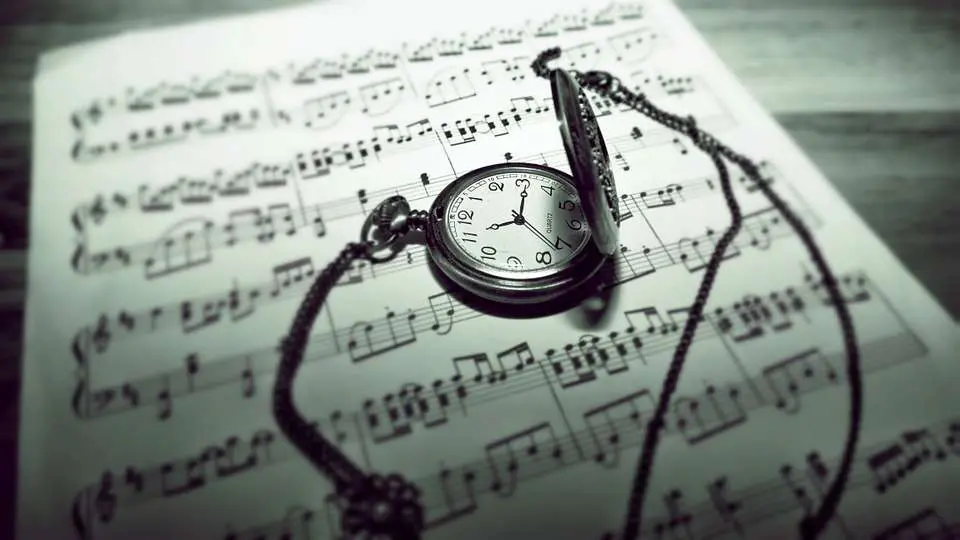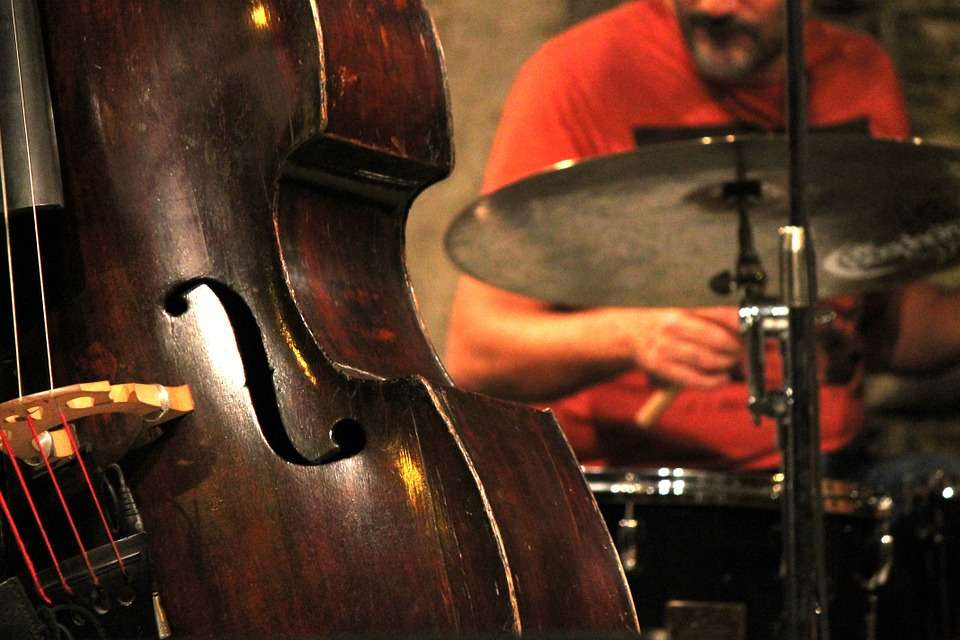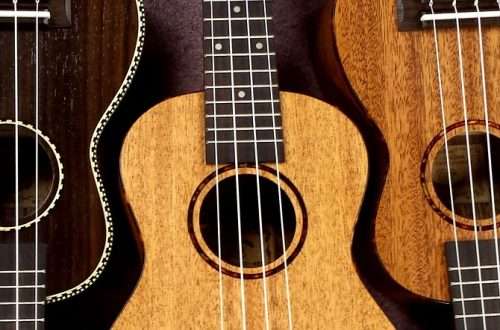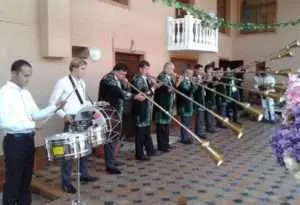
What would music be without syncopation?
How poor our music would be if there were no syncopations in it. In many musical styles, the syncopation is such a characteristic reference. It is true that it does not appear everywhere, because there are also styles and genres that are based on a regular, simple rhythm, but a syncopation is a certain rhythmic procedure that significantly diversifies a given style.

What is a syncopation?
As we mentioned at the beginning, it is closely related to the rhythm, and to put it simply, it is its component part or, in other words, it is a figure. In music theory, syncopes are classified in two ways: regular and irregular, and simple and complex. A simple one occurs when there is only one accent shift, and a complex one when there are more than one accent shift. A regular is when the length of the syncopated note is equal to the sum of the whole strong and the whole weak part of the measure. On the other hand, it is irregular, when the length of the syncopated note does not fully cover the strong and weak parts of the bar. This can be likened to a certain metric-rhythmic turbulence consisting in the extension of the rhythmic value on the weak part of the bar by the next part of the bar or bar group. Thanks to this solution, we obtain an additional accent that is shifted to the weak part of the bar. The strong parts of the measure are the main reference points it contains, i.e. crotchets or eighth notes. It gives a very interesting effect and space that can be modified in a variety of ways. Such a procedure gives a feeling of a certain smoothness of the rhythm, as is the case in, for example, swing or some otherness, and in a sense, breaking the rhythm, as in, for example, funk music. That is why the syncopus is most often used in jazz, blues or funky, and where a large part of the styles is based on a triple pulse. The syncopus can also be observed in Polish folk music, e.g. in Krakowiak. When used skilfully, the syncopation is a great procedure that allows the listener to be surprised a bit.
 Rhythms with syncopation
Rhythms with syncopation
The simplest rhythmic notation depicting the theme of the syncopy in 4/4 time is e.g. a dotted quarter note and an eighth note, a dotted quarter note and an eighth note, while in 2/4 time we can have an eight note, a quarter note and an eight note. We can record countless configurations of these rhythmic notations on the basis of even very simple values. There are certain styles in folk, jazz, and entertainment music in general, where the syncopation holds a special place.
Swing – is a great example of a style where the whole style is based on a syncopate. Of course, you can create it in various configurations, thanks to which it will be even more varied. Such a basic rhythm played, for example, on a percussion rally is a quarter note, an eighth note, an eighth note (the second eighth note is played from a triplet, that is, as we would like to play an eighth note without a middle note) and again a quarter note, an eighth note, an eighth note.
Shuffle is another popular variation of phrasing in jazz or blues. It consists in the fact that a quarter note consists of two shuffle eighth notes, which means that the first is 2/3 of the length of the quarter note and the second is 1/3 of its length. Of course, even more often we can meet hexadecimal shuffles, i.e. there are two sixteenth notes for an eighth note, but analogically: the first is 2/3 of the eight, the second – 1/3. Syncopated rhythms can be observed in Latin music. Among other things, salsa is an excellent example of this, which is based on a two-measure rhythmic pattern. The syncopia is also clearly embedded in rumba or beguine.
Undoubtedly, the syncopation is a very real rhythmic element of a piece of music. Where it occurs, the piece becomes more fluid, introduces the listener into a certain swinging trance and gives the characteristic pulse. Although performing it for a beginner who has just started learning a musical instrument may be difficult, it is really worth training this kind of rhythmicity, as it is everyday life in the world of music.



 Rhythms with syncopation
Rhythms with syncopation

